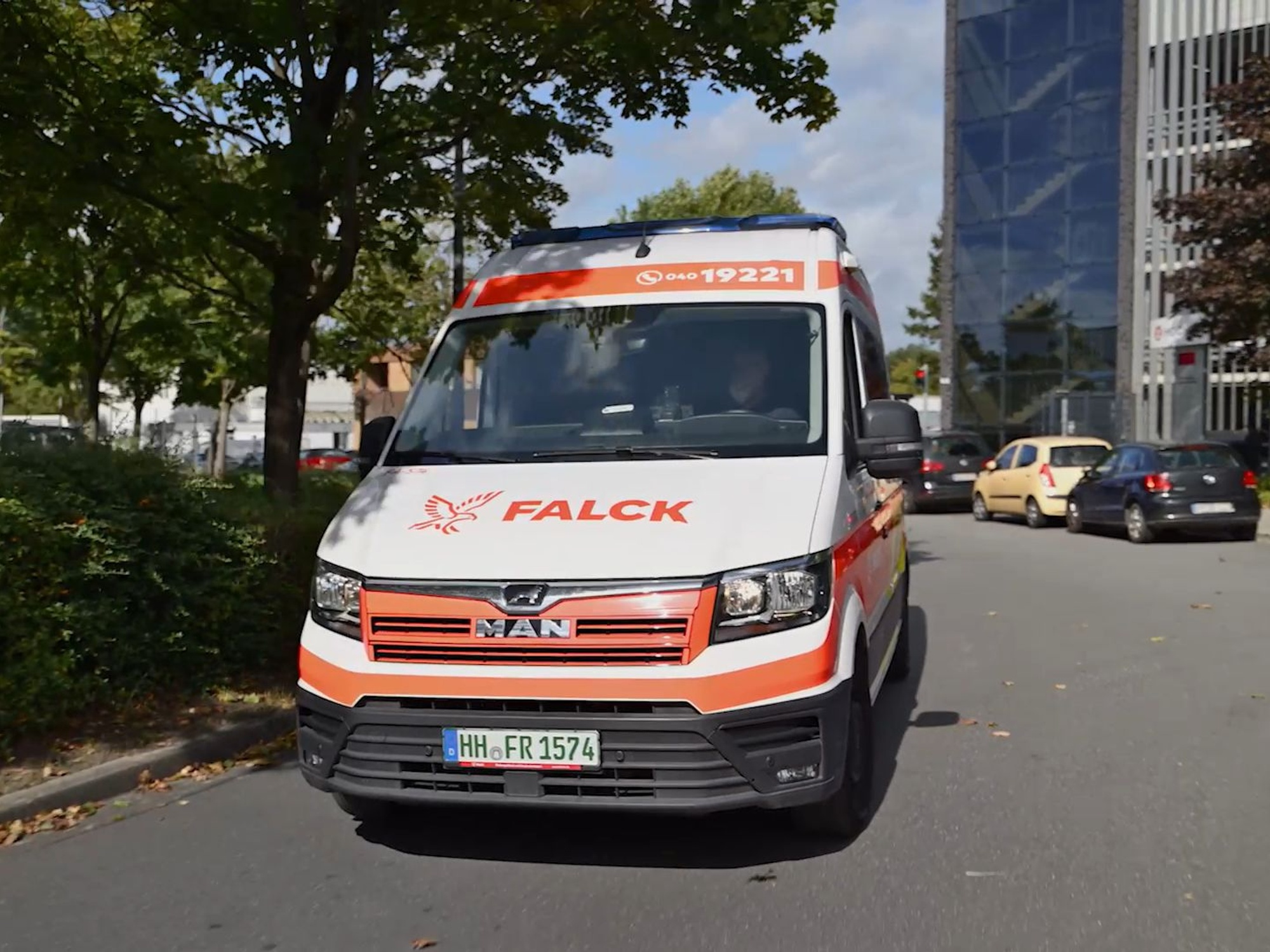RARE - Xavier Paoli
Welcome to RARE a blog dedicated to the rare disease industry by Laura Hulley, a Recruitment Consultant at SciPro.
In this episode of RARE, I welcomed Xavier Paoli from Pharnext to talk about his experience within rare diseases and his thoughts on the future of commercialisation. Xavier is the Chief Operating Officer at Pharnext, a clinical-stage biopharmaceutical company developing novel therapeutics for orphan and common neurodegenerative diseases that currently lack curative and/or disease-modifying treatments.
In our conversation, Xavier walks us through his journey so far and his experience as a commercial specialist, working on high-profile rare disease therapeutic product launches. He talks about the evolution of strategy development and how it has changed, particularly in the last two years. He lends his opinion on the future of commercialisation of orphan therapies and the main points pharmaceutical and biotech companies should be taking into consideration moving forward.
KEY TAKEAWAYS:
-
Xavier is a Scientist by background and is trained in Immunology and Genetics. At the beginning of his career, he started in research within HIV before embarking on a completely new challenge at a Business School in Paris. This led him in a new direction, joining a consultancy company partnering with pharmaceutical and biotech companies. After almost three years in a consultancy, Xavier joined Alexion, progressing through Marketing and Sales roles, always involved in the launch of new and innovative rare disease products.
-
Xavier is really driven by working in a space where there is a high unmet medical need and almost eight years ago, the opportunity came up to join his current company; Pharnext. At the time, the company was a pure R&D focused business, and Xavier was brought on board to awaken a commercial and business mindset whilst ensuring they had a thorough understanding of the disease of their lead asset, building the relationship with Patient Advocacy Groups and to develop an understanding of the market for future commercialisation.
-
The development of a commercial strategy is different when considering an orphan product. When considering commercialisation and marketing in the pharmaceutical industry, you may be talking about an OTC drug where the colour, the brand or the logo is super important but in rare diseases, what is important is Medical Marketing, where the scientific and medical components are priority. There is also a difference in the services you need to bring to the market and the rare disease community, where it is crucial to build strong relationships with Patient Advocacy Groups and Key Opinion Leaders. There are also additional challenges in terms of Market Access within rare diseases, where the price of a drug is a lot higher. With these factors in mind, there is a need to develop specific tools and action plans to increase the awareness of the disease itself amongst stakeholders within the community before highlighting the solution your drug will bring.
-
So far at Pharnext, they have been extremely lucky that there have been no delays in the development of their lead drug asset PXT3003 due to the Covid pandemic. This is in development for Charcot-Marie-Tooth Disease Type 1A, a rare inherited neurological disorder. Despite no delays and currently being in the process of enrolling patients, they have been impacted in other areas and have had to remain adaptable, for example, remote investigator meetings, creating more digital initiatives for disease awareness campaigns and virtual scientific congresses.
-
Moving forward, Xavier expresses that the most important strategic move from pharmaceutical and biotech companies is the engagement of Patient Advocacy Groups and their involvement in the design of trials and their inclusion with many committees from Regulators to HTA bodies and Payors. This is so important to deliver the appropriate solutions to patients, first you must understand their needs.
-
At Pharnext, they saw a gap in the data on the disease and the way in which patients managed the disease in their daily lives. In response to this, instead of carrying out a traditional observational study that would only serve the interests of the company, they decided to sponsor a digital lifestyle survey with a digital app, called CMT&Me, that a patient can download, allowing them to record on a daily or monthly basis their precise symptoms and feelings of how it feels to live with CMT1A. Not only does this way collect data for the company to present to regulatory bodies, but it also helps the patient manage their disease and present their data to their physician where it previously may have been difficult to summarise their feelings across an entire year.
Thank you once again Xavier for featuring on RARE and for sharing your thoughts on the future of commercialisation within rare disease.
For more information about rare disease, check out some of the websites listed below:
Want to find out more? Reach out to l.hulley@sciproglobal.com
Einblicke und Erfahrungen
unserer Mitarbeiter
Bereit für eine neue Rolle?
Oder auf der Suche nach frischem Talent?
Wir sind ein vertrauenswürdiger Partner für jeden Schritt von der Entdeckung bis zur Entwicklung. Egal, wo Sie sich auf Ihrer Reise befinden, wir sind hier, um Ihnen zu helfen, einen Unterschied zu machen.





